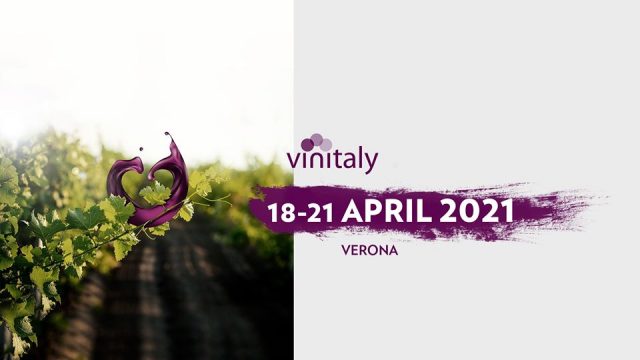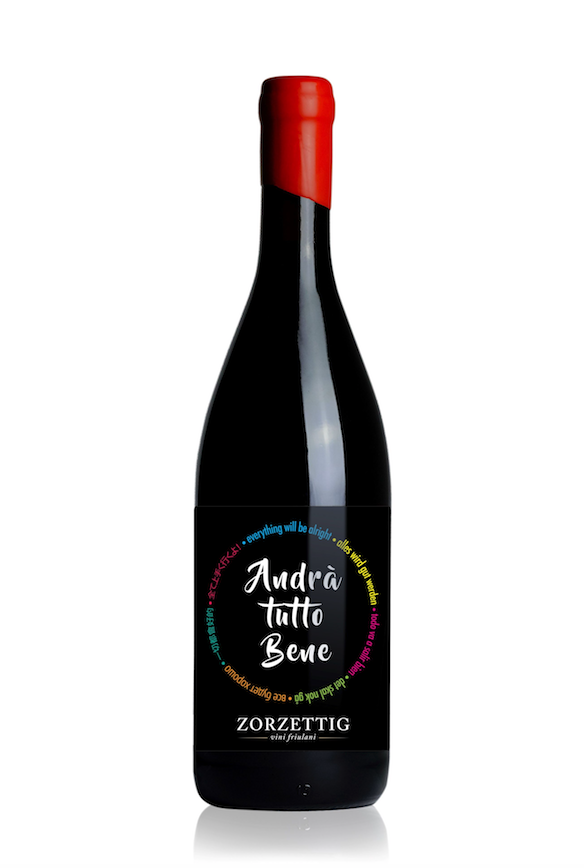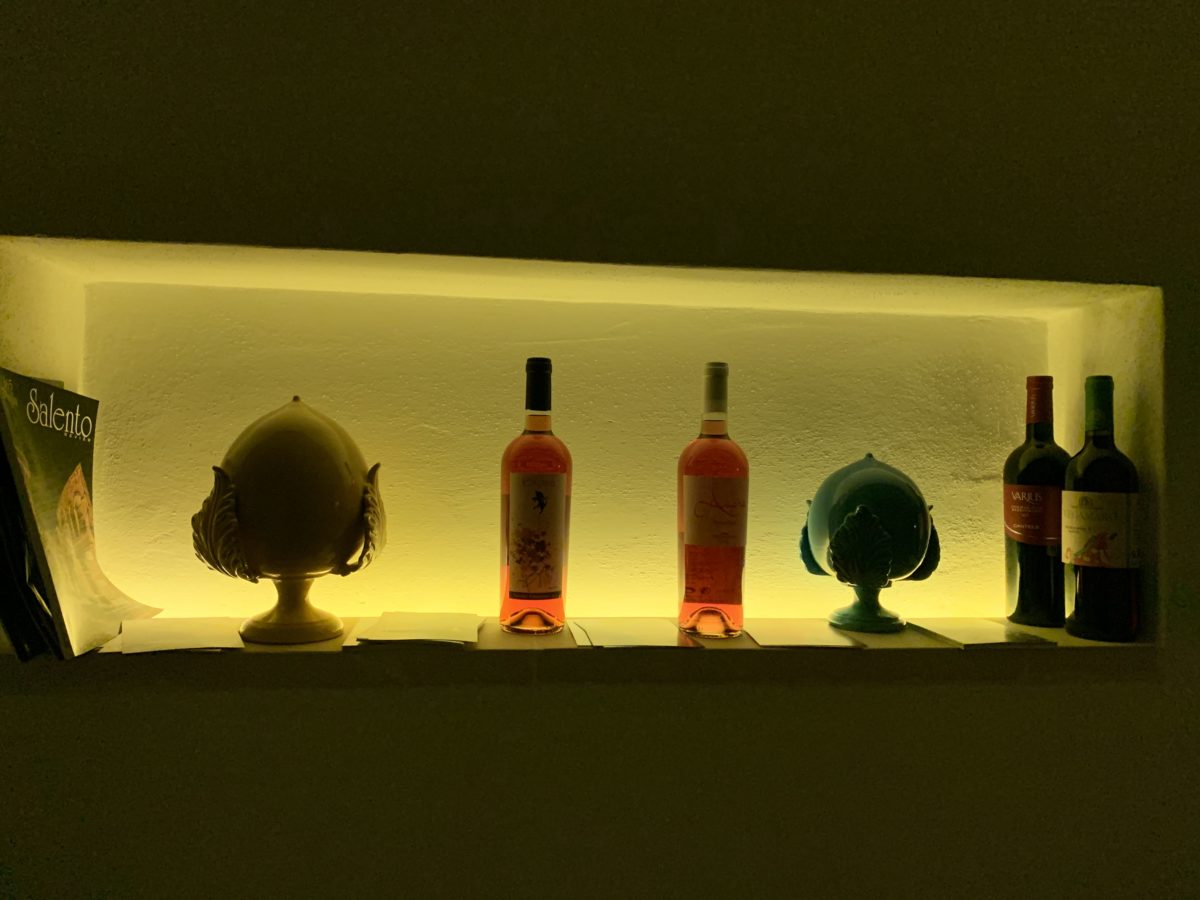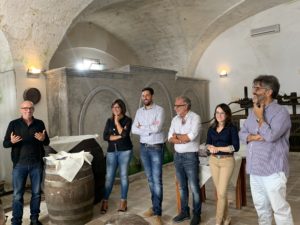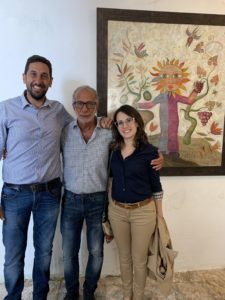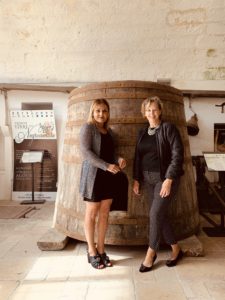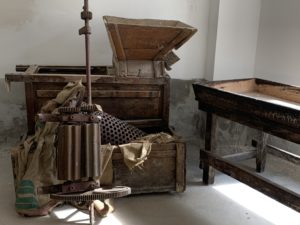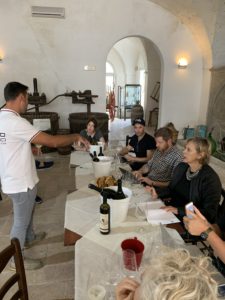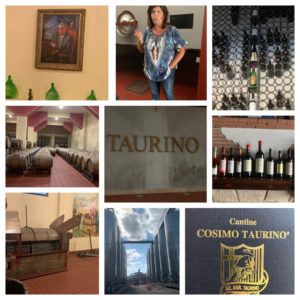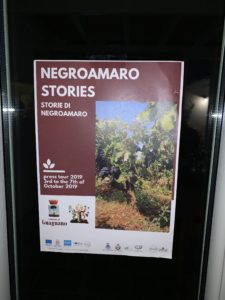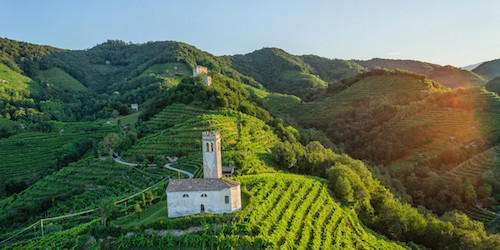This week Veronafiere announced Vinitaly 2020 was canceled, made in agreement with representatives of Vinitaly’s partner associations, which are listed below.
Sol&Agrifood and Enolitech shows, which are held in conjunction with Vinitaly, and have also been rescheduled to 18-21 April 2021.
Commenting on the massive economic impact of Covid-19 for the exhibition business in Europe, president of Veronafiere, Maurizio Danese said that the cost would run into billions of euros.
He said, “We must bear in mind that this situation has a massively disruptive impact on the European exhibition industry. To date, more than 200 events have been rescheduled, with an overall loss of almost 6 billion euros and 51,400 jobs at risk, not to mention all businesses related to this industry and the loss of 39 billion euros in exports for SMEs in Europe generated by international trade shows.”
Giovanni Mantovani, CEO of Veronafiere, said that once the health emergency in Italy caused by Covid-19 had subsided he would be embarking on a “renaissance” for the show, which he had thought would be possible in June this year.
He commented, “The health crisis, as everyone can see, has become distinctly worse and what seemed possible out the outset is no longer so now.”
Continuing he said, “In agreement with supply chain organizations, Vinitaly, Sol&Agrifood and Enolitech will, therefore, take place next year.”
He also stated his intention to grow Vinitaly’s international business and create a new event later this year for the show’s partner organizations.
“In addition to implementing special investments in international events such as Vinitaly Chengdu, Vinitaly China Road Show, Wine South America (23-25 September 2020), Vinitaly Russia (26 and 28 October 2020), Vinitaly Hong Kong (5-7 November 2020 ) and Wine To Asia (9-11 November 2020), as well as initiatives organized by the Vinitaly International Academy, we will be at the complete disposition of the sector and promotion system to consider the development of an innovative event next Autumn at the service of sector companies.”
The calendar for the main events organized directly by Veronafiere or third parties affected by changes is given below.
| EVENT – ITALY | DATE IN SHOW CALENDAR | NEW DATE |
| Model Expo Italy – Elettroexpo | 7–8 March 2020 | 21-22 November 2020 |
| SportExpo | 6–8 March 2020 | Postponed to a date to be defined |
| Samoter – Asphaltica – ICCX Southern Europe | 16-20 May 2020 | 21-25 October 2020 |
| LetExpo | 16-20 May 2020 | Postponed to a date to be defined |
| Automotive Dealer Day: | 19-21 May 2020 | 15-17 September 2020 |
| Veronafil | 22-24 May 2020 | 21-23 May 2021 |
| Verona Mineral Show Geo Business | 22-24 May 2020 | 21-23 May 2021 |
| Vinitaly – Sol&Agrifood – Enolitech | 14-17 June 2020 | 18-21 April 2021 |
| Opera Wine | 13 June 2020 | 17 April 2021 |
| Vinitaly and the City | 12-15 June 2020 | 16-19 April 2021 |
| Innovabiomed: | 15-16 June 2020 | Postponed to a date to be defined |
| Art Verona | 16-18 October 2020 | 11-13 December 2020 |
| Oil&NonOil | 20-22 October 2020 | 21-23 October 2020 |
| EVENT – INTERNATIONAL | DATE IN SHOW CALENDAR | NEW DATE |
| Vinitaly Chengdu | 22–25 March 2020 | Postponed to July 2020 |
| Fieragricola Morocco @Siam | 14–19 February 2020 | Canceled |
| Living Italy @Design Shanghai | 12–15 March 2020 | 26-29 May 2020 |
| Bellavita Expo Warsaw | 21-23 April 2020 | 30 June-2 July 2020 |
| Vinitaly China Road Show | 15-19 June 2020 | Postponed |
| Bellavita Expo Hamburg | 20-24 June 2020 | 12–16 March 2021 |
Vinitaly partner associations and their representatives include:
- Ernesto Abbona, President of the Italian Wine Union
- Riccardo Ricci Curbastro, President of Federdoc
- Riccardo Cotarella, President of Assoenologi
- Sandro Boscaini, President of Federvini
- Luca Rigotti, wine sector coordinator for Alleanza Cooperative
- Matilde Poggi, President of the Italian Federation of Independent Wine-Growers
Sources:
Veronafiere and Drinks Business

